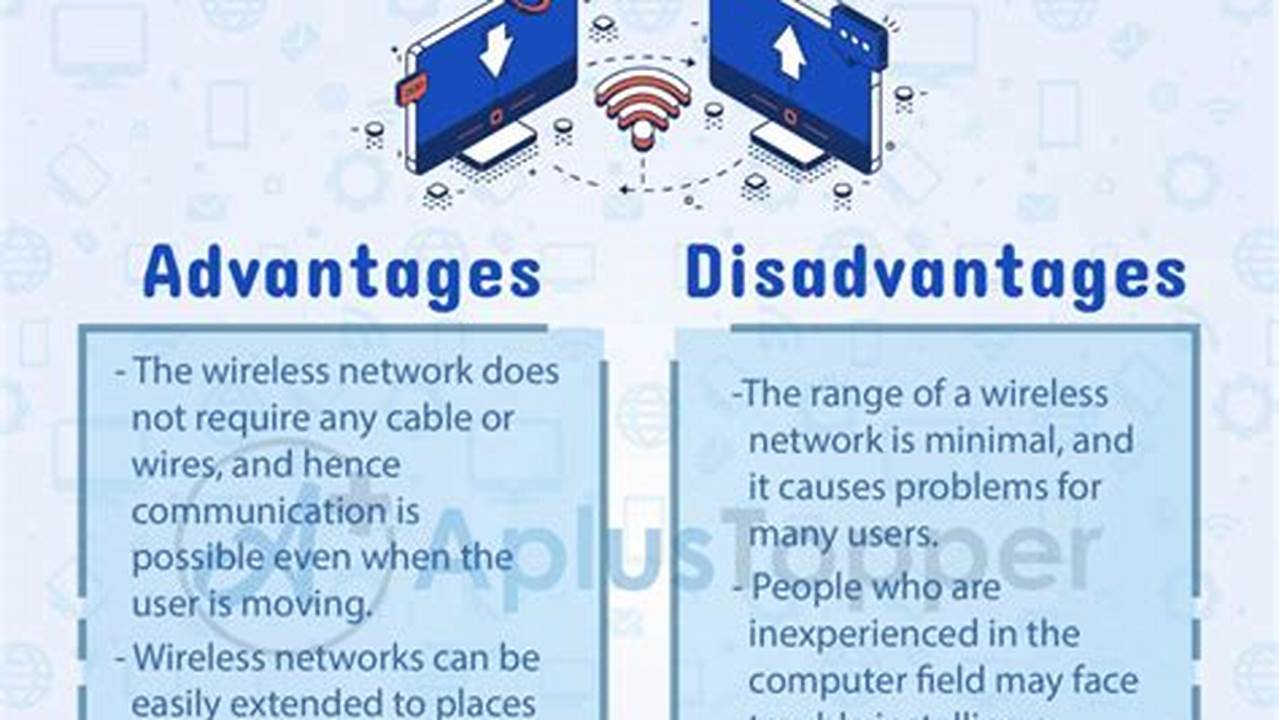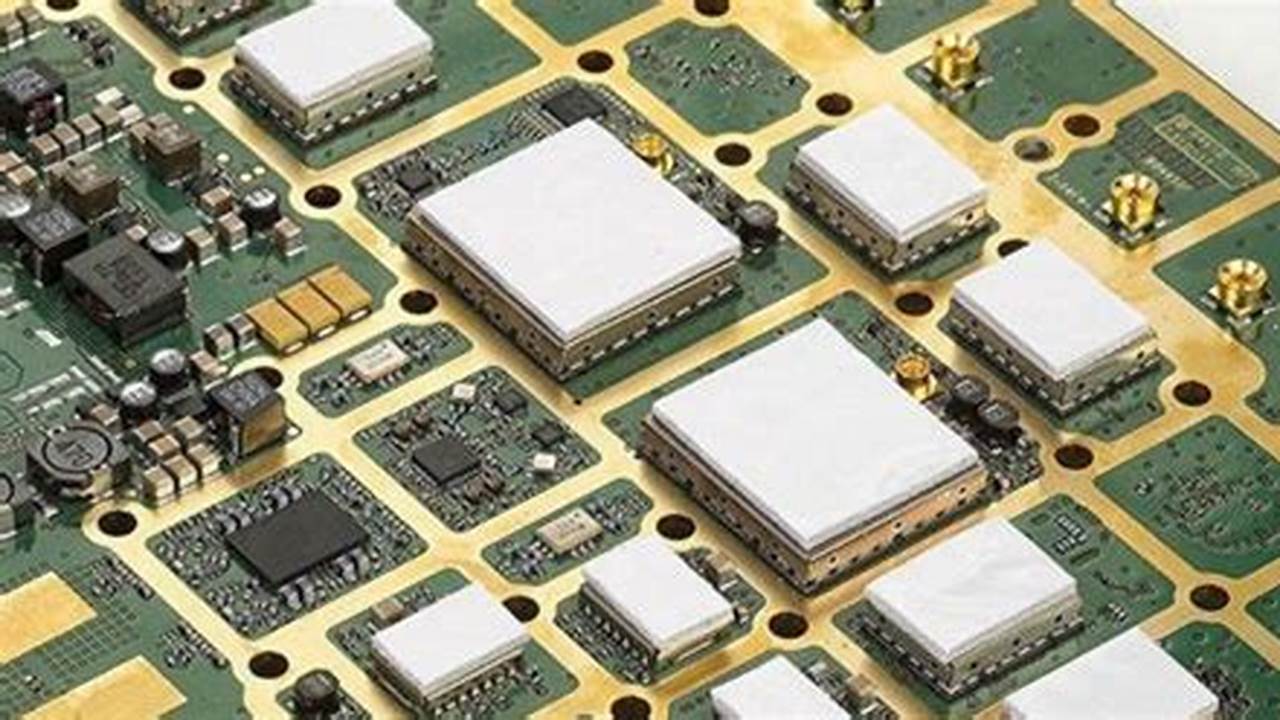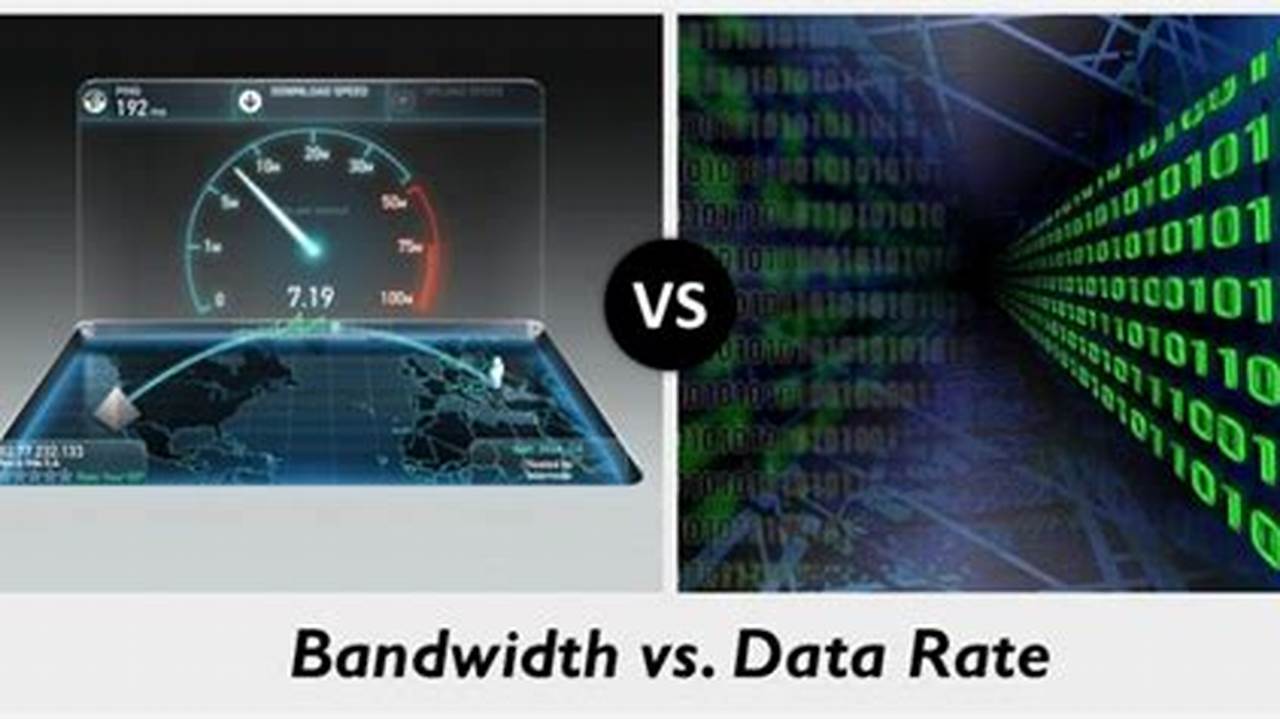
Ethernet, a extensively adopted wired networking expertise, affords dependable information transmission however shouldn’t be with out its drawbacks. One notable drawback of Ethernet is its susceptibility to electromagnetic interference (EMI) and radio frequency interference (RFI). These exterior elements can disrupt sign transmission, resulting in information loss or corruption, particularly in industrial environments with heavy equipment or in shut proximity to wi-fi units. Moreover, Ethernet’s dependence on bodily cables limits its flexibility and scalability in comparison with wi-fi applied sciences.
One other drawback of Ethernet is its comparatively low information switch charge in comparison with newer applied sciences like fiber optics. Whereas Gigabit Ethernet supplies speeds of as much as 1 Gbps, it falls wanting the multi-gigabit speeds provided by fiber optic cables. This limitation can hinder the efficiency of bandwidth-intensive functions equivalent to high-definition video streaming or massive file transfers.
Moreover, Ethernet networks require correct set up and upkeep to make sure optimum efficiency. Cabling have to be meticulously laid out and terminated to attenuate sign degradation, and community parts like switches and routers want common monitoring and updates to keep up stability and safety. Neglecting correct upkeep may end up in community points and downtime, disrupting enterprise operations or private productiveness.
Disadvantages of Ethernet
Ethernet, a extensively adopted wired networking expertise, affords dependable information transmission however shouldn’t be with out its drawbacks. Key disadvantages embody susceptibility to electromagnetic interference, comparatively low information switch charges in comparison with fiber optics, and the necessity for correct set up and upkeep.
Some particular examples of the disadvantages of Ethernet embody:
- EMI/RFI susceptibility: Ethernet cables could be inclined to electromagnetic and radio frequency interference, which might disrupt sign transmission and result in information loss or corruption.
- Restricted flexibility and scalability: Ethernet’s reliance on bodily cables limits its flexibility and scalability in comparison with wi-fi applied sciences, making it much less appropriate for dynamic or quickly altering community environments.
- Decrease information switch charges: Whereas Gigabit Ethernet supplies speeds of as much as 1 Gbps, it falls wanting the multi-gigabit speeds provided by fiber optic cables, which might hinder the efficiency of bandwidth-intensive functions.
- Set up and upkeep necessities: Ethernet networks require correct set up and upkeep to make sure optimum efficiency, together with meticulous cable structure and termination, in addition to common monitoring and updates of community parts.
- Safety vulnerabilities: Ethernet networks could be weak to safety breaches if not correctly configured and secured, as unauthorized entry to the community can result in information theft or disruption.
Regardless of these disadvantages, Ethernet stays a extensively used networking expertise resulting from its reliability, cost-effectiveness, and ease of deployment. Nonetheless, it is very important pay attention to its limitations when designing and implementing community options.
EMI/RFI susceptibility

Ethernet cables are inclined to electromagnetic interference (EMI) and radio frequency interference (RFI), which might disrupt sign transmission and result in information loss or corruption. This can be a vital drawback of Ethernet, particularly in industrial environments with heavy equipment or in shut proximity to wi-fi units. EMI/RFI may cause information corruption, slowdowns, and even full community outages.
To mitigate the consequences of EMI/RFI, shielded Ethernet cables can be utilized. Shielded cables have a steel layer that surrounds the conductors, which helps to dam out exterior interference. Nonetheless, shielded cables are costlier than unshielded cables, and they are often tougher to work with.
Along with utilizing shielded cables, there are different steps that may be taken to cut back the consequences of EMI/RFI on Ethernet networks. These steps embody:
- Correctly grounding the community gear.
- Utilizing surge protectors to guard the community gear from energy surges.
- Avoiding operating Ethernet cables parallel to energy cables.
- Conserving Ethernet cables away from sources of EMI/RFI, equivalent to motors and transformers.
By taking these steps, it’s potential to cut back the consequences of EMI/RFI on Ethernet networks and enhance the reliability of knowledge transmission.
| Title of Standards 1 | Specification |
|---|---|
| EMI/RFI susceptibility | Ethernet cables are inclined to EMI/RFI, which might disrupt sign transmission and result in information loss or corruption. |
| Mitigation measures | Shielded Ethernet cables, correct grounding, surge protectors, and avoiding sources of EMI/RFI may help to mitigate the consequences of EMI/RFI. |
| Value implications | Shielded Ethernet cables are costlier than unshielded cables. |
| Set up concerns | Shielded Ethernet cables could be tougher to work with than unshielded cables. |
Restricted flexibility and scalability

Ethernet’s reliance on bodily cables limits its flexibility and scalability in comparison with wi-fi applied sciences, making it much less appropriate for dynamic or quickly altering community environments. This can be a vital drawback of Ethernet, particularly for companies and organizations that want to have the ability to rapidly and simply adapt their community infrastructure to satisfy altering wants.
| Title of Standards | Specification |
|---|---|
| Flexibility | Ethernet cables should not as versatile as wi-fi applied sciences, making it tougher to reconfigure or develop a community. |
| Scalability | Ethernet networks should not as scalable as wi-fi applied sciences, making it tougher so as to add new units or customers to a community. |
| Value | Ethernet cables could be costlier than wi-fi applied sciences, particularly for big networks. |
| Set up | Ethernet cables could be tougher to put in than wi-fi applied sciences, particularly in present buildings. |
General, the restricted flexibility and scalability of Ethernet generally is a vital drawback for companies and organizations that want to have the ability to rapidly and simply adapt their community infrastructure to satisfy altering wants.
Decrease information switch charges

Gigabit Ethernet, a extensively used wired networking expertise, supplies information switch charges of as much as 1 Gbps. Nonetheless, this falls wanting the multi-gigabit speeds provided by fiber optic cables, which generally is a vital drawback for bandwidth-intensive functions equivalent to high-definition video streaming, massive file transfers, and cloud computing.
The decrease information switch charges of Ethernet can result in slower efficiency and longer wait occasions for these functions. For instance, a big video file that takes a couple of minutes to obtain over a fiber optic connection might take considerably longer to obtain over an Ethernet connection.
As well as, the decrease information switch charges of Ethernet can restrict the variety of units that may be related to a community with out experiencing efficiency points. This generally is a downside for companies and organizations that must assist numerous customers and units on their community.
| Title of Standards | Specification |
|---|---|
| Information switch charge | Gigabit Ethernet supplies speeds of as much as 1 Gbps, whereas fiber optic cables provide multi-gigabit speeds. |
| Affect on bandwidth-intensive functions | Decrease information switch charges can result in slower efficiency and longer wait occasions for bandwidth-intensive functions. |
| Scalability | Decrease information switch charges can restrict the variety of units that may be related to a community with out experiencing efficiency points. |
| Value | Fiber optic cables are usually costlier than Ethernet cables. |
General, the decrease information switch charges of Ethernet generally is a vital drawback for companies and organizations that must assist bandwidth-intensive functions or numerous customers and units on their community.
Set up and upkeep necessities

Correct set up and upkeep are important for making certain the optimum efficiency of Ethernet networks. Neglecting these necessities can result in numerous issues, together with:
- Community downtime: Improperly put in or maintained Ethernet cables may cause community outages, disrupting enterprise operations and productiveness.
- Gradual community efficiency: Poor cable structure and termination can result in sign loss and decreased community speeds.
- Information loss: Broken or improperly terminated cables may cause information loss, which could be expensive and time-consuming to get well.
- Safety breaches: Unsecured or poorly maintained Ethernet networks could be weak to safety breaches, permitting unauthorized entry to delicate information.
To keep away from these issues, it is very important observe finest practices for Ethernet set up and upkeep. This contains utilizing high-quality cables and connectors, correctly terminating cables, and commonly monitoring and updating community parts. By following these finest practices, you possibly can assist to make sure that your Ethernet community operates at peak efficiency.
| Title of Standards 1 | Specification |
|---|---|
| Community downtime | Improperly put in or maintained Ethernet cables may cause community outages, disrupting enterprise operations and productiveness. |
| Gradual community efficiency | Poor cable structure and termination can result in sign loss and decreased community speeds. |
| Information loss | Broken or improperly terminated cables may cause information loss, which could be expensive and time-consuming to get well. |
| Safety breaches | Unsecured or poorly maintained Ethernet networks could be weak to safety breaches, permitting unauthorized entry to delicate information. |
Safety vulnerabilities

Ethernet networks are weak to a wide range of safety threats, together with unauthorized entry, information theft, and denial of service assaults. These threats could be mitigated by correctly configuring and securing the community, however many organizations fail to take sufficient safety measures. Because of this, Ethernet networks are sometimes focused by attackers.
One of the vital frequent safety vulnerabilities in Ethernet networks is the shortage of encryption. Information transmitted over an Ethernet community is usually unencrypted, which implies that it may be simply intercepted by attackers. To guard information from interception, it is very important use encryption protocols equivalent to SSL/TLS or IPsec.
One other frequent safety vulnerability in Ethernet networks is the usage of weak passwords. Many organizations use default passwords or easy passwords which are straightforward to guess. This makes it straightforward for attackers to realize entry to the community and its assets.
Lastly, Ethernet networks are additionally weak to denial of service assaults. These assaults can be utilized to flood the community with visitors, which might trigger the community to turn into unavailable to official customers.
To guard Ethernet networks from safety threats, it is very important take the next steps:
- Use sturdy passwords.
- Encrypt information transmitted over the community.
- Implement firewalls and intrusion detection techniques.
- Educate customers about safety dangers.
| Title of Standards 1 | Specification |
|---|---|
| Encryption | Information transmitted over an Ethernet community must be encrypted to guard it from interception. |
| Password power | Sturdy passwords must be used to guard the community from unauthorized entry. |
| Firewall and intrusion detection | Firewalls and intrusion detection techniques may help to guard the community from assaults. |
| Person training | Customers must be educated about safety dangers and how one can defend the community. |
Conclusion
Ethernet is a extensively adopted networking expertise that gives dependable information transmission however has sure disadvantages. These embody susceptibility to electromagnetic interference and radio frequency interference, restricted flexibility and scalability in comparison with wi-fi applied sciences, decrease information switch charges in comparison with fiber optics, set up and upkeep necessities, and safety vulnerabilities. You will need to think about these disadvantages when designing and implementing community options to make sure optimum efficiency and safety.
Organizations ought to rigorously consider their particular community necessities and constraints to find out whether or not Ethernet is probably the most appropriate expertise for his or her wants. In some instances, various applied sciences equivalent to fiber optics or wi-fi networks might provide higher efficiency, flexibility, or safety.
